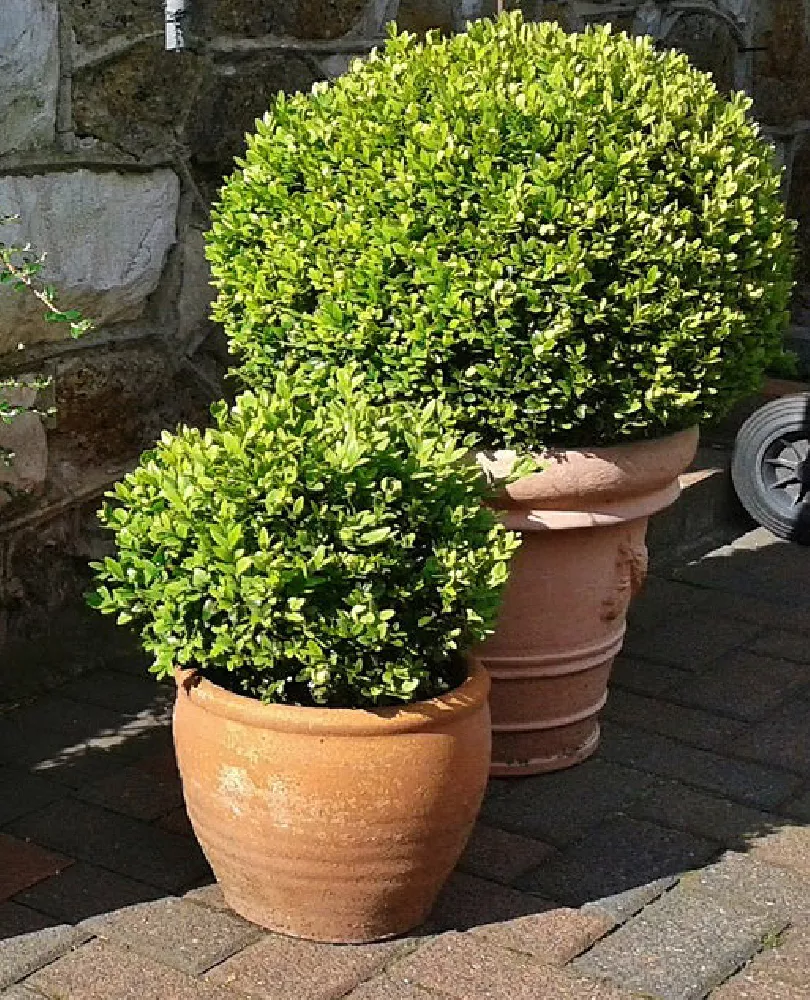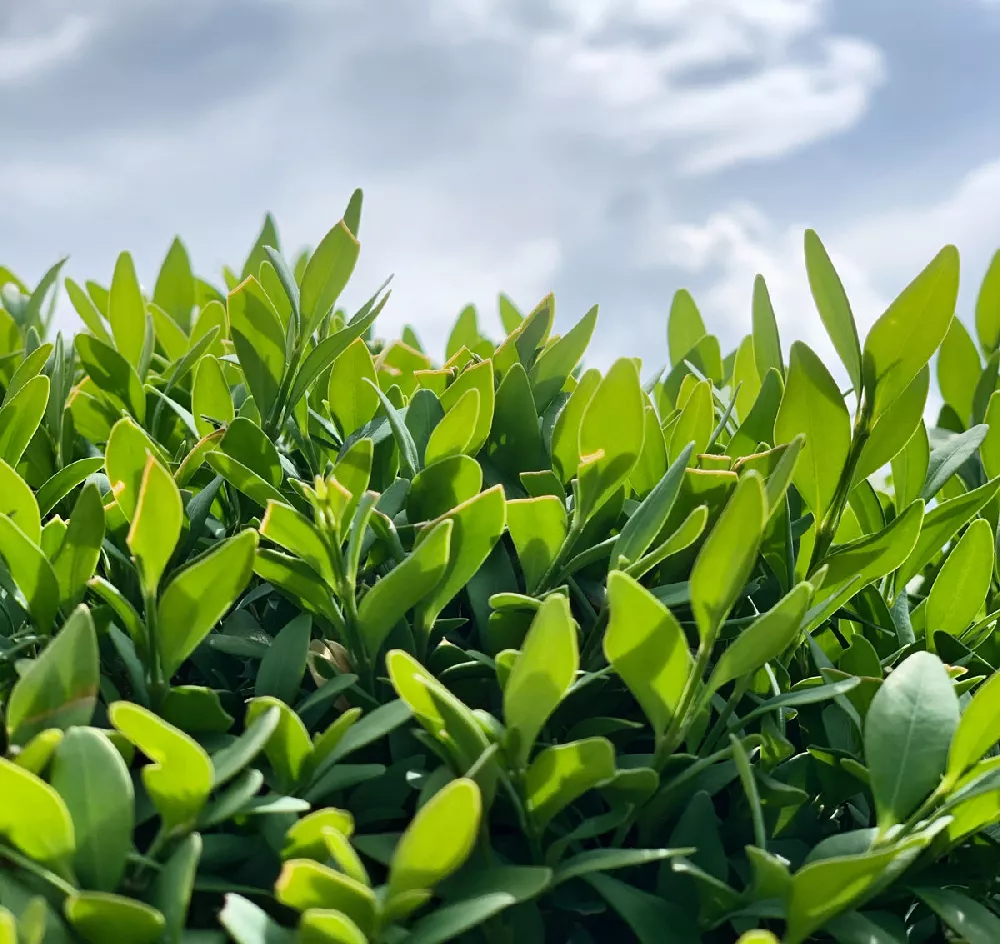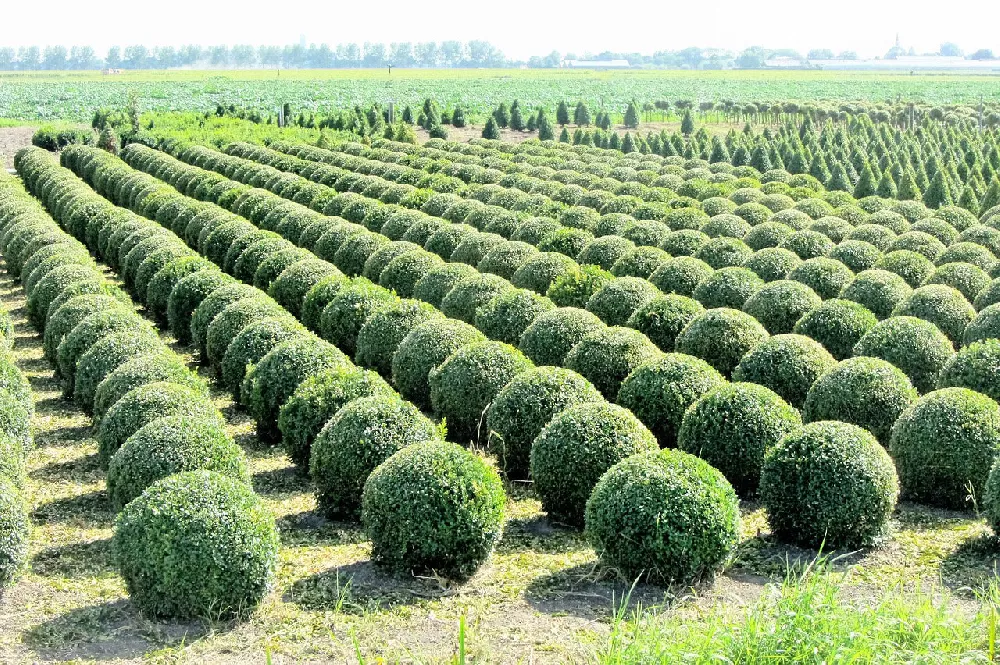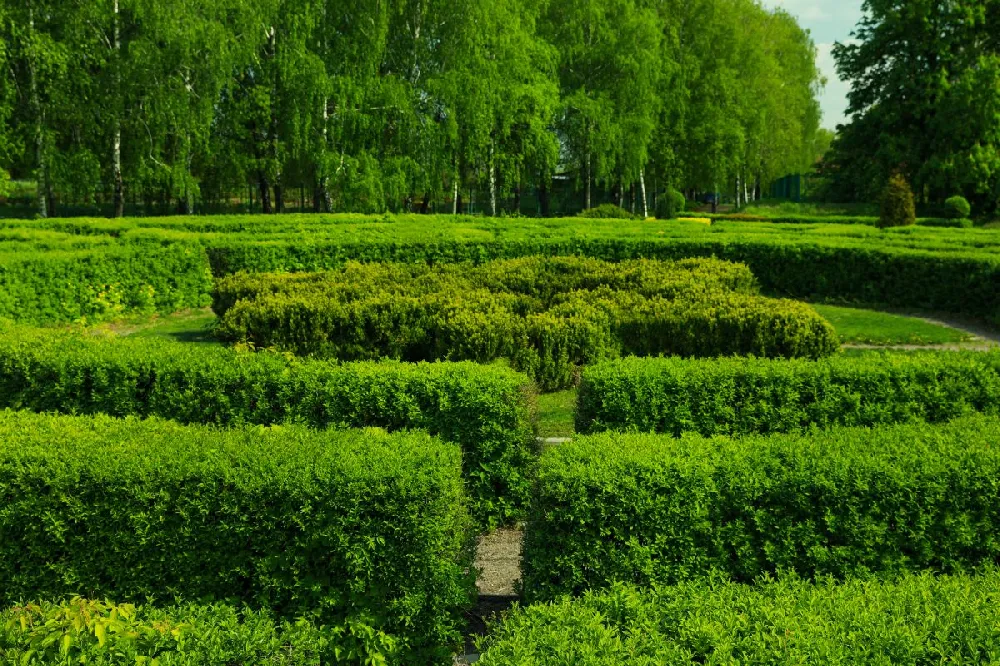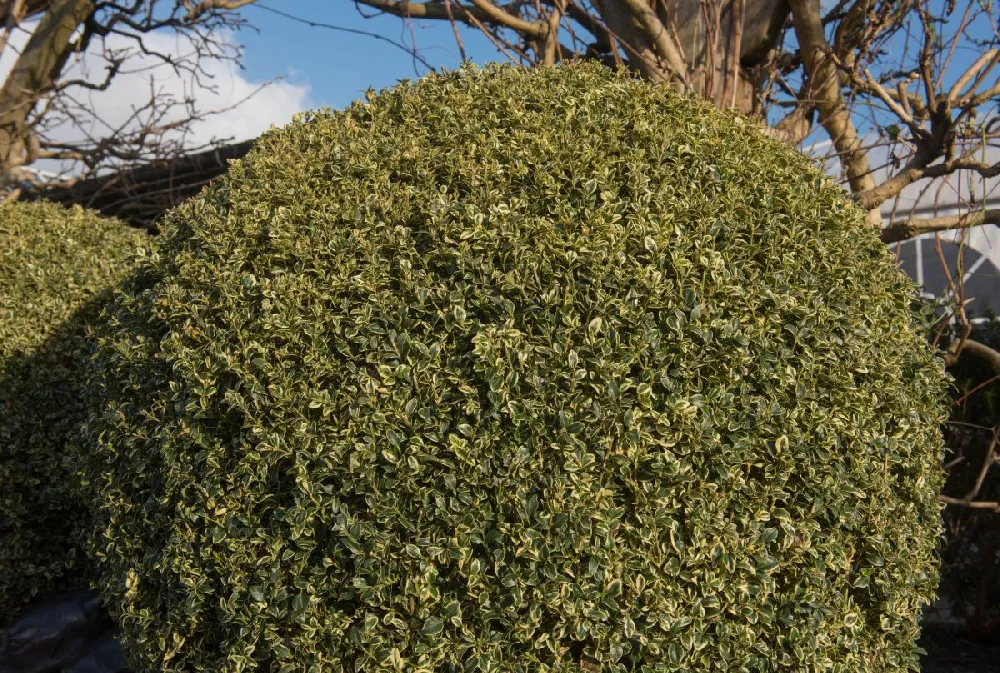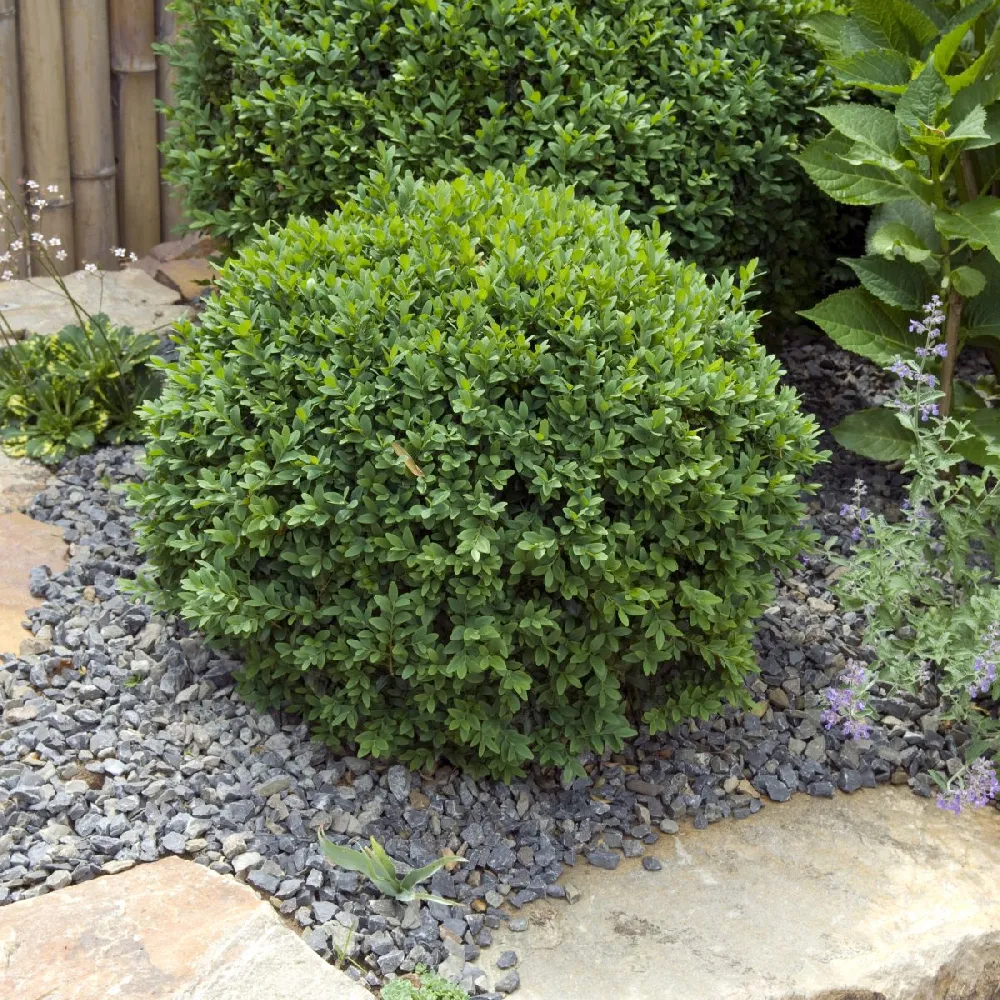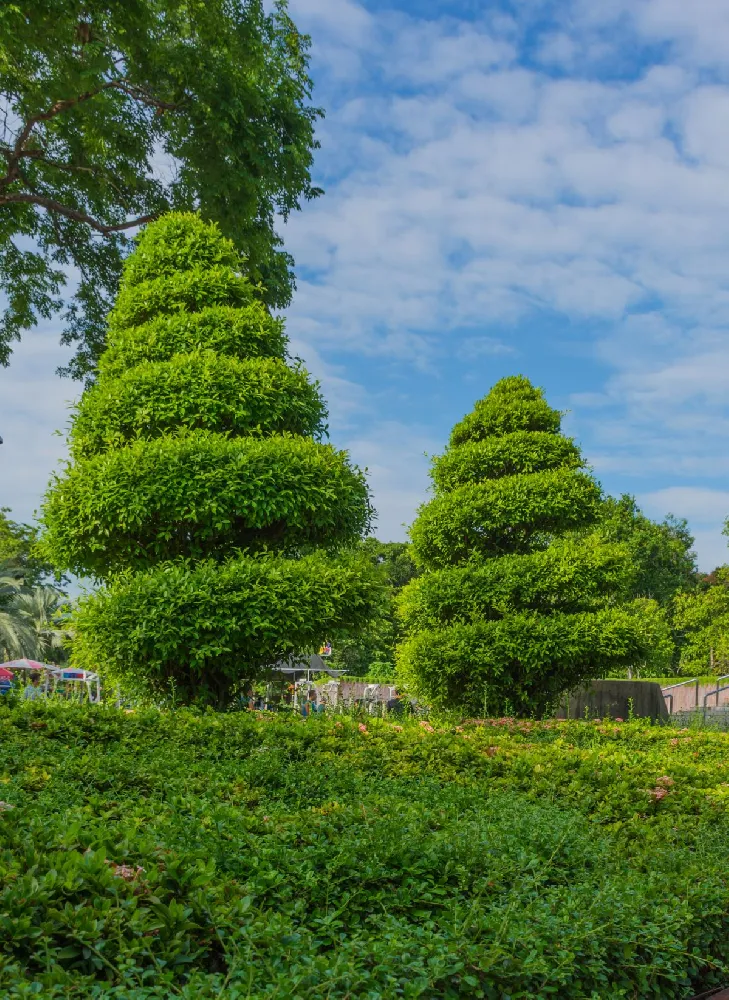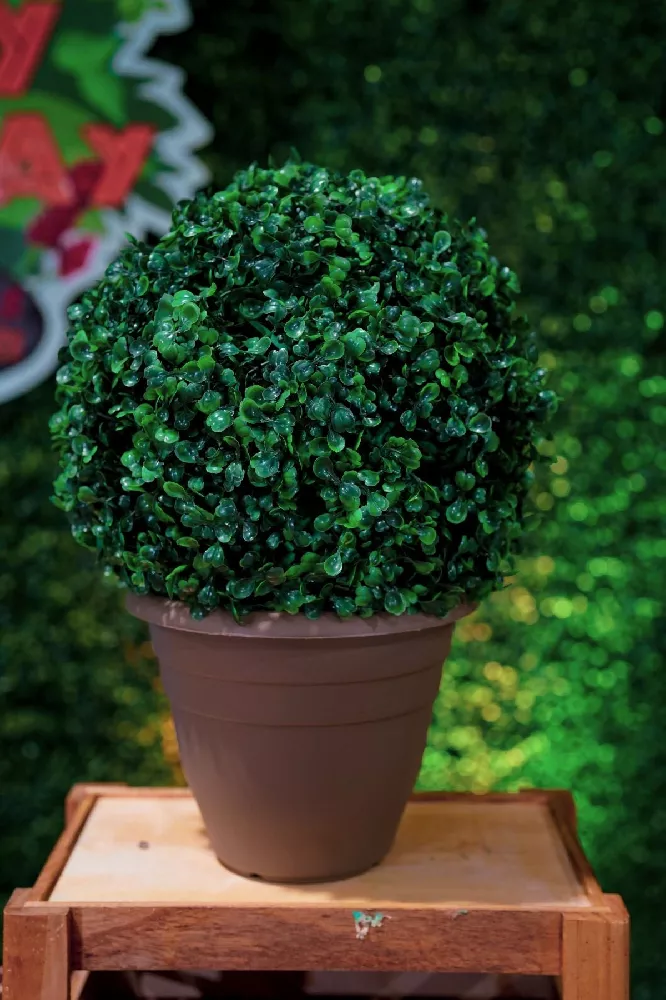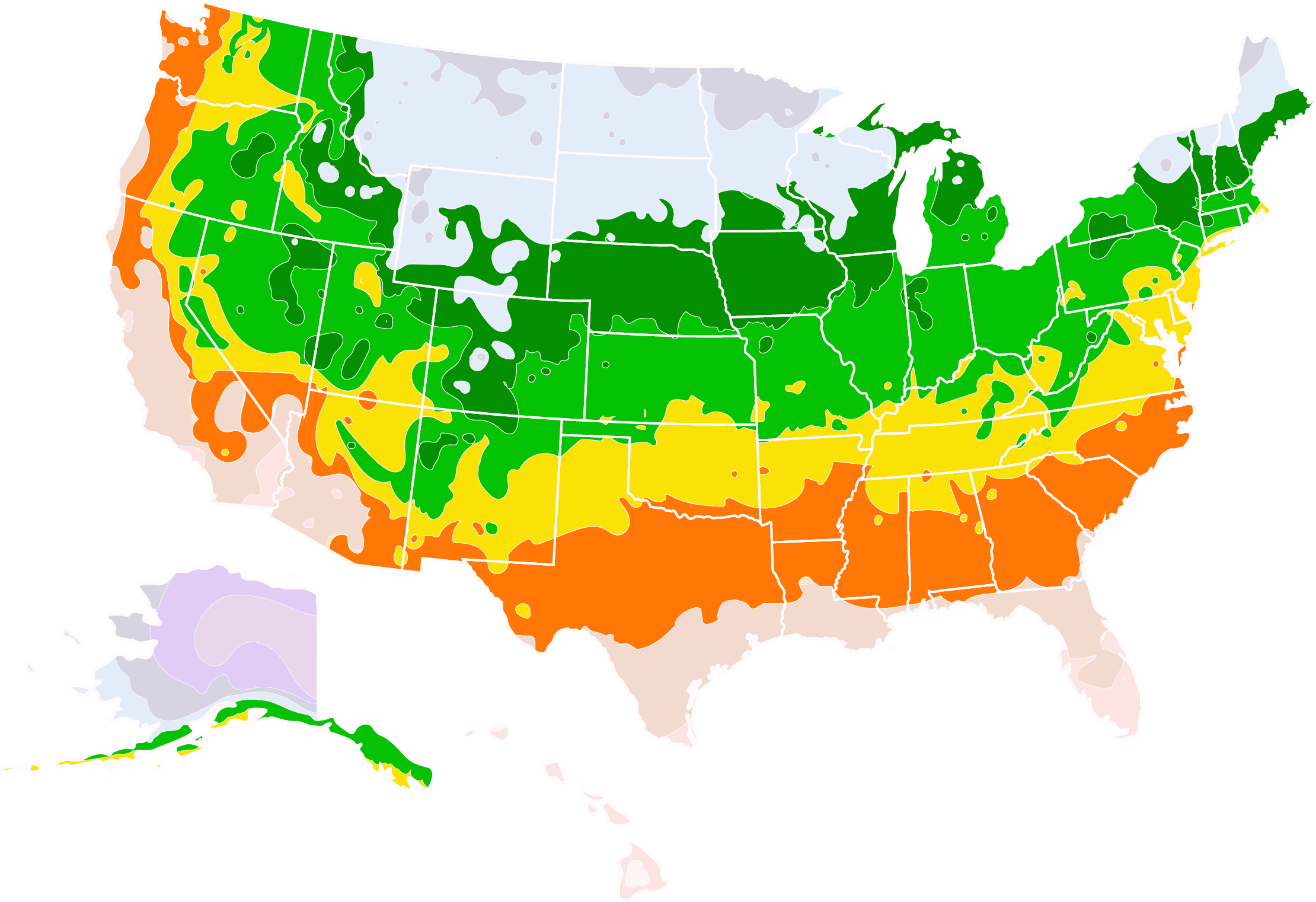- Home >
- Ornamental Plants >
- Wintergreen Boxwood Shrubs
Wintergreen Boxwood Shrubs for Sale - Buying & Growing Guide
- Ships in 1-2 days
- 1-Year Warranty Eligible
- Pots or accessories are not included unless specified in the product options.
Shipping Details:
Once your order is shipped, you’ll receive an email with a tracking number and estimated delivery date. Most orders ship immediately, but some items are seasonal and may only ship in spring or fall. These products are noted on the website.
Wintergreen boxwood, Buxus sinica var. Insularis 'Wintergreen', is a workhorse in the formal or informal garden. Like all boxwoods, it takes well to shaping and is a superb plant for short hedges. It can also stand on its own and is an attractive focal point when trimmed to a sphere or cone shape. Wintergreen boxwood is one of the hardiest boxwoods and can handle temperatures down to -10 degrees Fahrenheit. Here are some other reasons to love this sturdy little shrub:
- Wintergreen boxwood doesn't take up much space, topping out at 2 to 4 feet, with a spread of 3 to 5 feet.
- Because it is a slow grower, adding only 2 to 3 inches of growth a year, it doesn't need as much pruning as other boxwoods.
- It can be container-grown as a patio plant with little difficulty.
Plant Care
Sunlight

Wintergreen boxwood grows in full sun to partial shade, needing at least four hours of direct sunlight a day.
Watering
Newly planted boxwoods need regular watering, but once established they require little supplemental watering.
Fertilizing

Fertilize in the spring with a balanced, slow-release product designed for landscape plants.
Planting and Care
Planting instructions
Plant your boxwood in spring or early summer so it will have time to acclimate before winter. Select a site with at least four hours of sun and soil that drains well. Unpot the plant and tease out any encircling roots. Dig a hole that’s twice as wide and about 6 inches deeper than the rootball. Add a mix of topsoil and well-rotted manure and compost to the hole, and place your shrub in the hole so that the top of the root ball is level with the soil grade.
Fill in around the roots with topsoil mixed with manure or compost, tamping down as you go to eliminate air pockets. Water deeply when done, but don’t allow water to pool around the root zone. Add several inches of an organic mulch, such as bark chips, around the plant, being careful to keep it from directly touching the trunk.
Watering and nutrients
For the first few weeks after planting, water your wintergreen boxwood every other day. Once you see new growth start to appear, scale back to once a week. After the first year, your boxwood shouldn’t need supplemental watering unless you’re experiencing drought conditions.
Once a year, top dress the soil around your boxwood with compost or manure followed by a layer of mulch. In spring, before it begins growing, fertilize your boxwood with a balanced fertilizer that is designed for landscape plants. Look for an NPK ratio of 10-10-10.
Pollination
Wintergreen boxwoods flower in the spring, with small, inconsequential flowers that emit a pleasant fragrance. That fragrance attracts the bees and other insects that pollinate the plants. The non-edible fruit of the boxwood is a tiny seed capsule that is not noticeable.
Pruning
Wintergreen boxwoods don’t need pruning to thrive and will grow into a roughly round shape if left untrimmed. Many gardeners, however, prune the trees into a hedge or another well-defined form. Prune the shrubs in early spring or in late fall, after the first frost, when new growth has ended for the year. If you notice dead or discolored branches or leaves, these can be pruned off at any time.
Pests, diseases, and animals
There are several insect pests that prey on boxwoods in particular. These include the boxwood leafminer, boxwood mite, and boxwood psyllid. Monitor your bushes, and remove eggs if you see them. Keep the area around the bushes clean of debris and leaf litter, and use insecticides sparingly when needed.
Diseases that may impact your wintergreen boxwood include root rot, which is caused by a fungus. Canker, another fungal disease, can be treated with a copper fungicide. Boxwood blight causes leaf spots and defoliation and is a serious problem in some areas. Prune out any branches with spotted leaves, disposing of them away from garden areas. Healthy plants are more likely to be able to resist infection, so keep your boxwood well-watered and fertilized.
Achieving maximum results
When people think of boxwoods, they may envision a formal garden with neatly-trimmed hedges set around meticulously ordered beds of flowers. But wintergreen boxwood is flexible enough to be used to advantage in any garden setting. Your shrub can be allowed to grow naturally, without pruning, if your garden is on the informal side, and it will still add texture and form to the garden. Easy to care for, the wintergreen boxwood is a perfect plant for adding a little height and color to an otherwise bland setting.
It’s also worth noting that wintergreen boxwood can thrive when grown in a container and used as a patio plant. Its relatively small size and slow growth rate mean that it will not outgrow its container easily. If you live in a region that gets very cold temperatures in the winter, you can even bring it inside to protect it when needed.
FAQs
Is wintergreen boxwood toxic?
Yes, all parts of the boxwood shrubs, and in particular the leaves, contain alkaloids that are poisonous to dogs, cats, and horses. Ingesting them may cause vomiting and diarrhea as well as respiratory failure.
Does wintergreen boxwood stay green in winter?
Wintergreen boxwood has dark, glossy green leaves that stay that way throughout the winter. If your boxwood's leaves start turning yellow, you may be under- or over-watering it, it may be getting too much sun, or you may have a pest or disease at hand. Seek the help of a professional if that is the case.
Is wintergreen boxwood resistant to deer?
Yes, deer rarely bother boxwoods, so it's a good shrub to plant if you have deer pressure in your neighborhood. Few animals pay any attention to wintergreen boxwood, although birds will sometimes nest in its branches and pollinators are attracted to the small yellow flowers.
Is wintergreen boxwood a high-maintenance plant?
No, Wintergreen boxwood is an easy-to-care-for plant that requires little attention once it is established. It rarely needs supplemental watering, is fed only once a year, and pruning is optional.
Compare Similar Products
Customer Reviews
 So far, so good!
So far, so good!The plants showed up in great shape and have taken well to their new spot. One of them has managed to survive a couple run-ins with our toddler, coming out unscathed. Hardy plants!
You can't add more Product Name - Product size to the cart.
OK